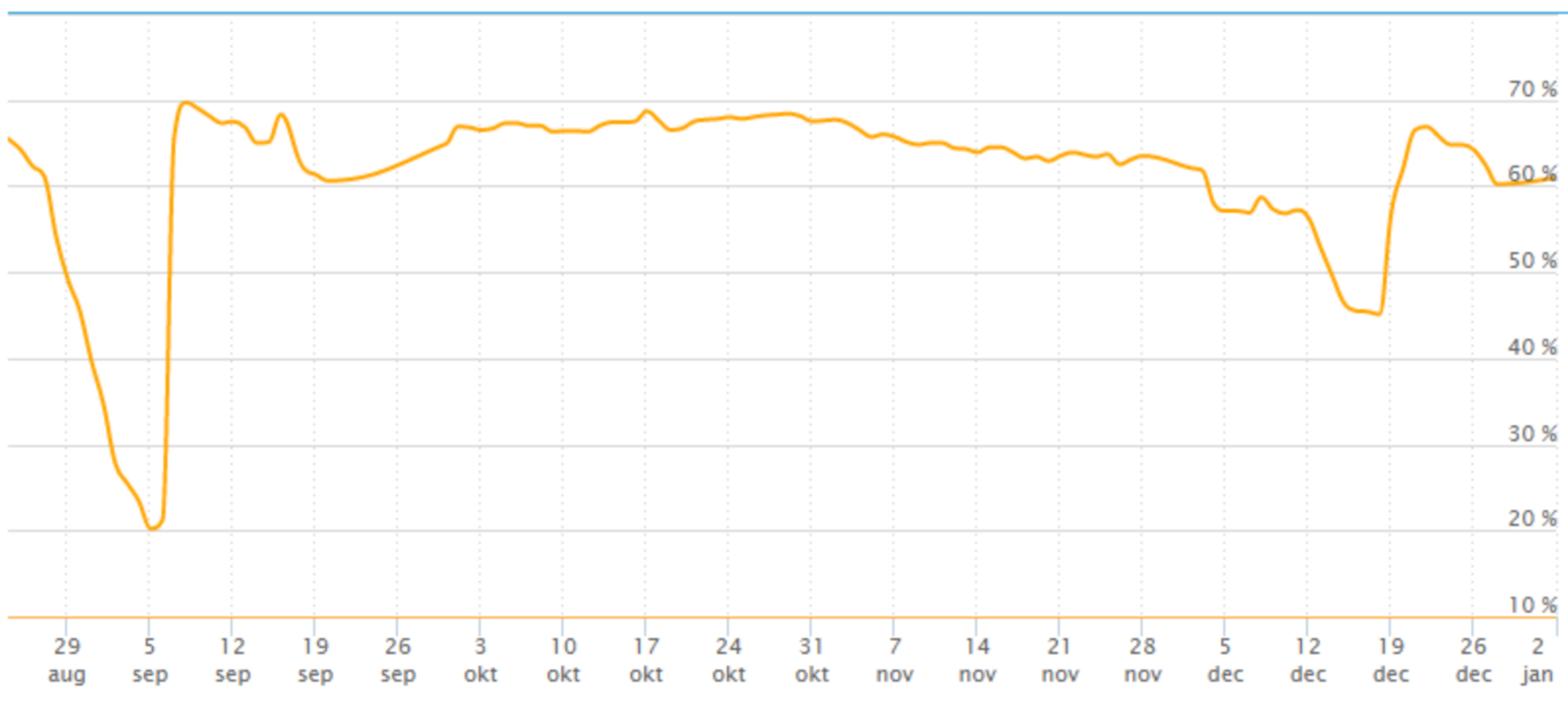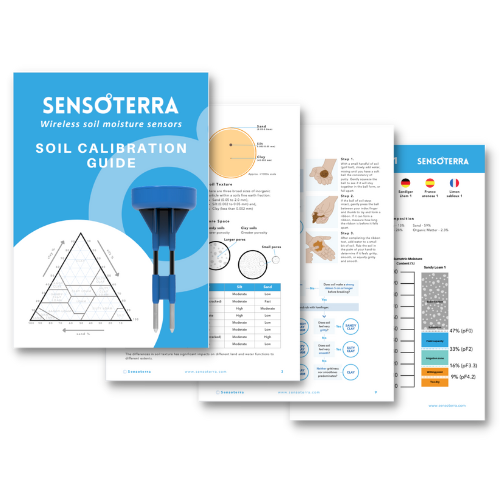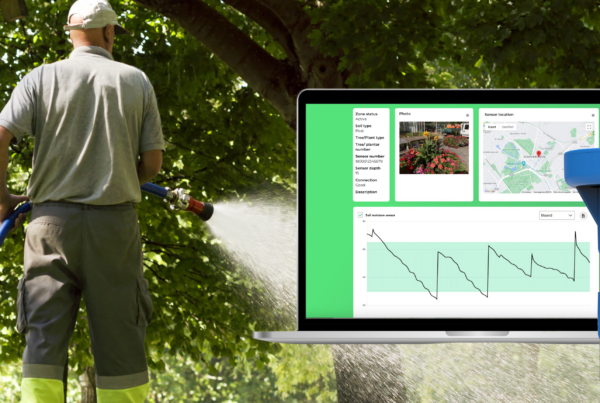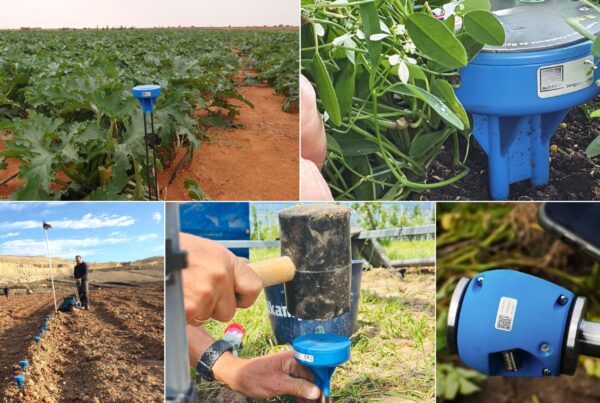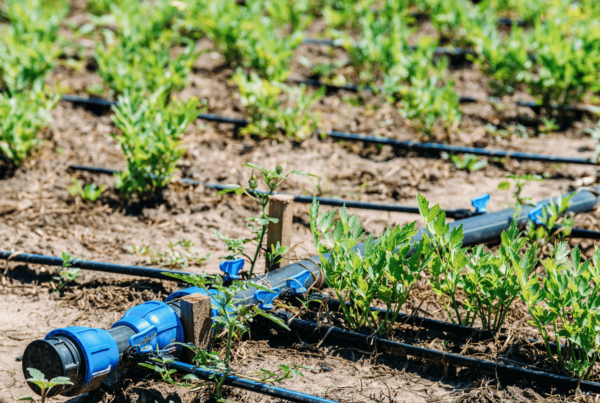Interpreting soil moisture data, like VWC% (volumetric water content), is contingent on many factors like soil type and texture, organic matter, and bulk density. Soil texture is a key variable which must be known to select a good calibration. But what happens when you don’t know your soil type, have large variations within a field and want to compare data, or want to compare different solutions?
We built an algorithm to derive relative soil moisture values, also known as uncalibrated data, which provides insight into the behavior of soil moisture without needing to set a specific soil type (calibration).
Relative values with uncalibrated data
The uncalibrated data feature has been created for two types of users: users who want to compare Sensoterra data with others and only look at relative changes/values, and users who only want to look at the relative soil moisture values and do not want to go through the process of choosing the right calibration.
There are caveats when using uncalibrated data, which are important to mention.The uncalibrated setting only shows relative values, ranging from 0 to 100. This value does not correlate with gravimetric or volumetric moisture content.
The resulting variation in values can be small for certain soils or situations (e.g., only showing differences from 60-65). This means users will have to zoom in to see clear variations in moisture content. This can be done by un-clicking “show too wet/too dry” (when stock setting are unchanged).
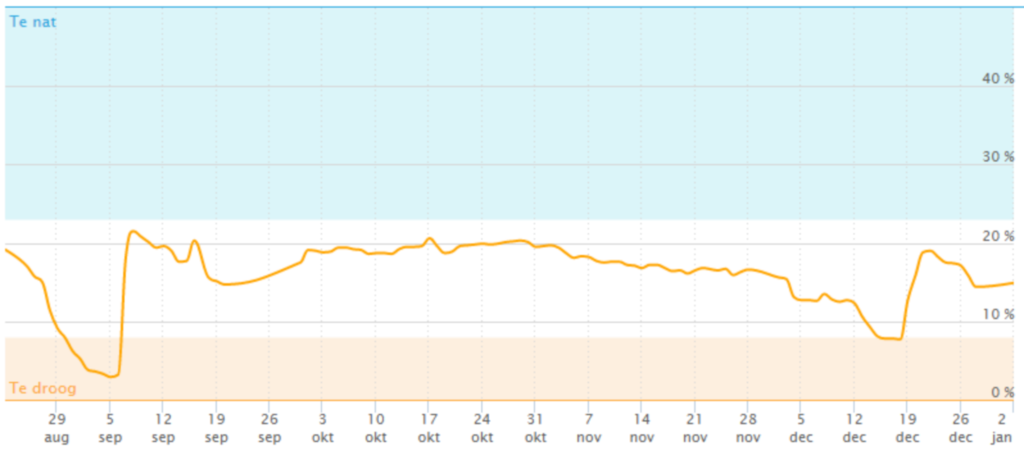
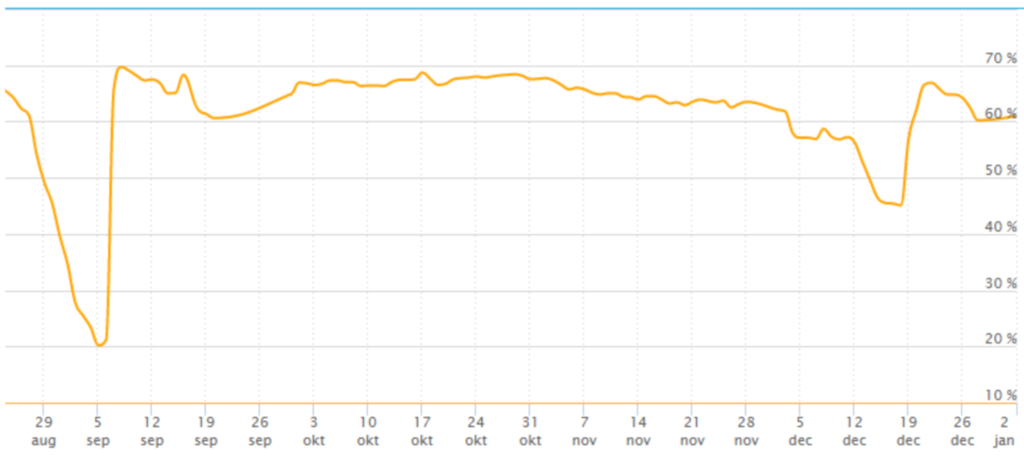
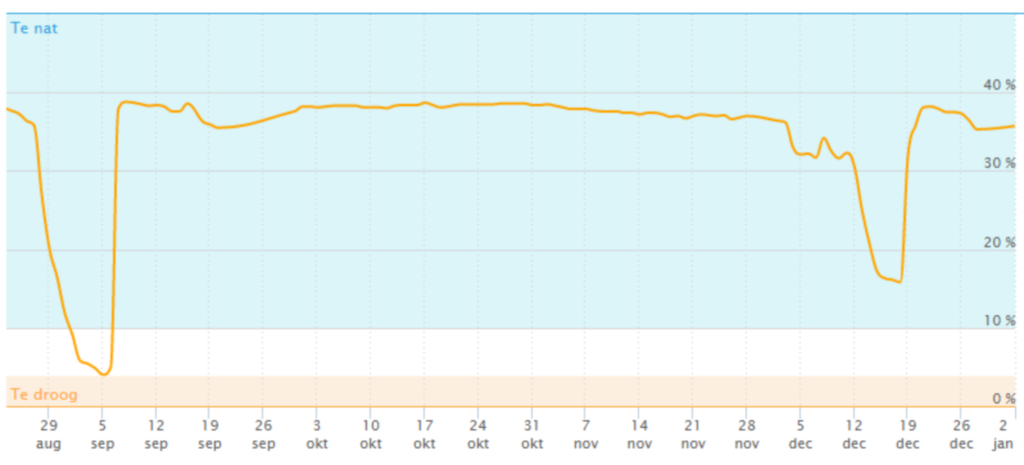
Users can still fill in the thresholds for too wet/too dry themselves. These can be determined with your own experimentation and derived based on your specific needs.
Calibrated data for VWC% and pF interpretation
The best way to get the most accurate data is to select a soil type which has been calibrated for in the Sensoterra Monitor App. We have more than +30 types of soils available in our standard calibration library, and selection is as easy as identifying where your soil is on the soil texture triangle. There are multiple methods, but lab analysis will offer the most precision. With the standard calibrations, we determine the too wet- and too dry- thresholds based on the soil texture analysis done at the Sensoterra Labs. These thresholds can be adjusted based on your own requirements, but often these suggested values offer precise VWC% to form the bases for precision irrigation.
For more on this check out our free soil calibration guide to learn more.
About Sensoterra
Sensoterra develops low-cost, simple, and robust wireless soil moisture sensors, providing actionable insights that enable water management platforms and solutions. Our sensors are built to integrate into any platform with our unique ‘API first’ philosophy – offering freedom and flexibility for data integration. It is our mission to enable water management platforms and solutions worldwide. We help by ‘Making Sense of Water’. We produce simple, robust, and low-cost wireless soil moisture sensors that are easy to deploy and built to integrate. With proven success in the applications of smart city landscaping, environmental monitoring, and precision agriculture, the Sensoterra solution integrates seamlessly in existing water and land management platforms.
Contact for more information, pictures and/or interview requests:
Jessica Nuboer
Marketing & Communications
Sensoterra
Email: [email protected]

